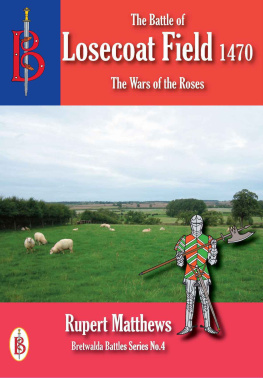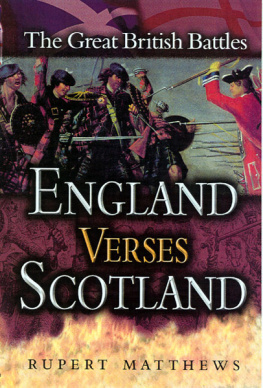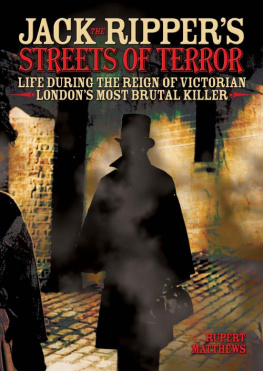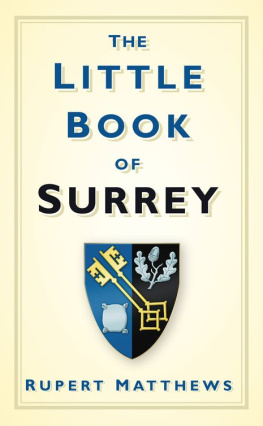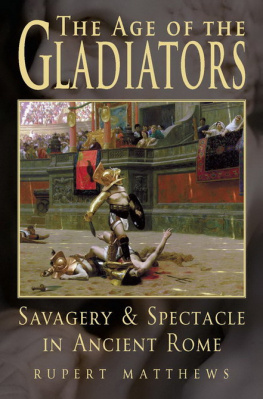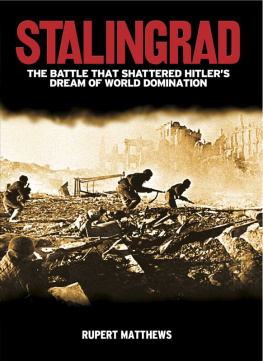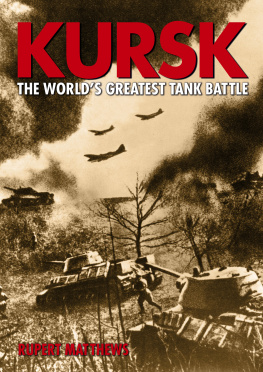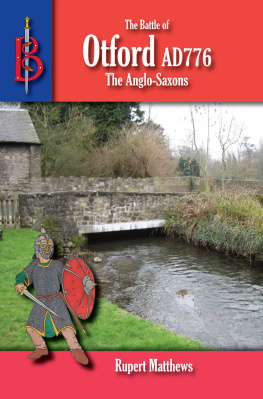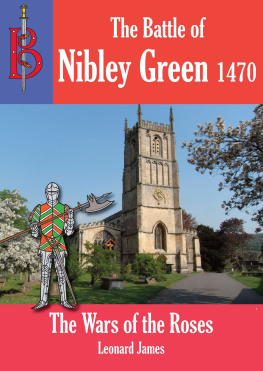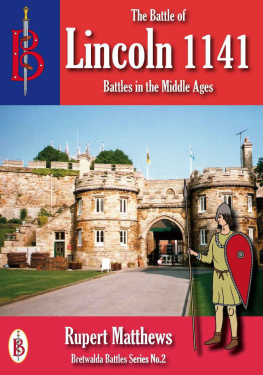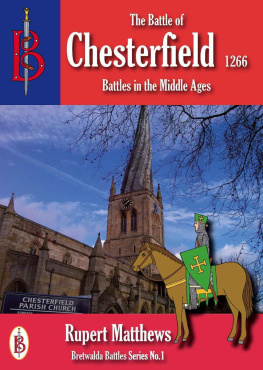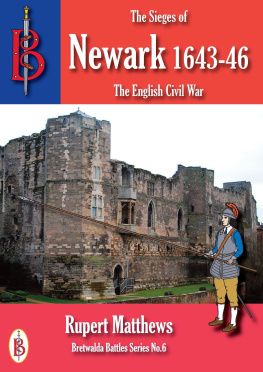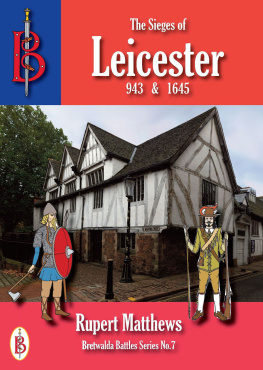Bretwalda Battles
The Wars of the Roses
The Battle of Losecoat Field 1470
by Rupert Matthews
*****************
Published by Bretwalda Books at Smashwords
Website : Facebook : Twitter : Blog
This ebook is licensed for your personal enjoyment only. This ebook may not be re-sold or given away to other people. If you would like to share this book with another person, please purchase an additional copy for each person. If you're reading this book and did not purchase it, or it was not purchased for your use only, then please purchase your own copy. Thank you for respecting the hard work of this author.
First Published 2013
Copyright Bretwalda Books 2013
Oliver Hayes asserts his moral rights to be regarded as the author of this work.
ISBN 978-1-909099-67-8
*****************
Contents
The Wars of the Roses
Men, Weapons and Tactics
The Battle of Losecoat Field
Chapter 4 Aftermath
************
Empingham is today a quiet, pleasant little village astride the A606 next to the artificial reservoir of Rutland Water. The stone-built village clusters around the crossroads of Main Street and Church Street. Today the A606 carries traffic from Stamford to Uppingham just outside the village thanks to a 20th century slip road. It might be difficult to imagine a more tranquil or relaxing spot. Certainly sipping an ale in the garden of the White Horse pub and listening to the birdsong over the distant hum of traffic is a pleasant enough experience.
But appearances can be deceptive, for this area of gentle English countryside was once the scene of slaughter, bloodshed and violence on a grand scale. The Battle of Empingham, or Losecoat Field, was fought just outside the village to the northeast at a spot now known as Bloody Oaks - an ominous name that was gained for grim reasons.
The battle fought here was waged as part of the Wars of the Roses that tore England apart in a struggle as vicious and deadly as any war ever fought. The heraldry of the knights in armour may have been colourful and bright, but the edges of their swords were wickedly sharp and the war was fought with a merciless savagery that England has rarely seen before or since.
Not only that but the conflict that took place here saw one of the first appearances on the battlefield in England of artillery. Guns were not exactly new in 1470, but they had until recently been big, cumbersome objects used in sieges. Now lighter guns were becoming available that could be trundled around a field with relative ease - and they were put to murderous use at Empingham.
And yet Empingham was not a straightforward battle. This was no set piece conflict of York vs Lancaster. Instead the battle was the result of plotting, treason and subterfuge such that nobody could be entirely certain of whose side other men were really on.
It was King Edward IV of England who fought here. And it was he who had to contend with treachery and rebellion, replying with the heroism, dash and skill that were to make him one of the most feared commanders of the medieval period.
King Edward IV
************
The Wars of the Roses
The Wars of the Roses were fought with a curious mix of merciless savagery and almost considerate care that has not been seen in wars in Britain either before of since. The struggle tore England apart between 1455 and 1497, with the Battle of Losecoat Field, or Empingham, displaying both heartless, almost casual violence alongside a regard for humanity as strongly as any other battle during these terrible wars.
The peculiar character of the wars can be traced back to the reasons they were fought and the characters of those involved. Although some historians have looked for underlying social trends or economic factors behind the Wars of the Roses, they remained at heart a dynastic battle fought for political power between the two main branches of the Plantagenet dynasty that had ruled England since 1154. It was ironic that the great struggle between the two would result in an entirely different dynasty taking the crown in the shape of the Tudors.
The foundations for the struggle were laid in 1399 when Richard II was overthrown by his cousin Henry Bolingbroke, who became Henry IV. Richard IIhad proved to be a weak king and a petulant and spiteful man. He raised taxes to pay for his luxurious lifestyle, then executed those who objected. The final straw came when John of Gaunt, Duke of Lancaster died. Gaunts eldest son, Henry Bolingbroke, had already been sent into exile by Richard on trumped up charges. Now Richard announced that the entire, vast Lancaster estates were confiscated by the crown.
Bolingbroke was furious, but he was also very popular among both the nobles and commons of England. On 4 July Bolingbroke landed in Yorkshire declaring that he had come to reclaim his rightful inheritance and to reform the evil government of England. Men flocked to his banner, even royal castles throwing their gates open, and nobody supported Richard at all. What made Bolingbrokes arrival dangerous was that he, like Richard, was a grandson of King Edward III. Before long Richard was in prison and Bolingbroke was being hailed as King Henry IV. Richard died conveniently soon after and since he had no children, Henry IVwas secure on the throne.
Almost unnoticed at the time was a great grandson of Edward III. This was Edmund Mortimer, Earl of March, who was just 8 years old. By the rules of inheritance at the time, it was Edmund who should have become king when Richard II died, but being so young, Edmund was ignored by everyone involved and, indeed, was seen to support the new King Henry IV. Richard had been the son of Edward IIIs eldest son, another Edward. Henry of Bolingbroke was son of Edward IIIs third son. Edmund was the son of Philippa, daughter of Lionel Duke of Clarence who was Edward IIIs second son.
Henry IVproved to be an effective and popular monarch, as did his son, Henry V. During these years neither Edmund nor his children made any claim on the throne and the kingdom was content and peaceful. The trouble flared when Henry Vs son became king as Henry VI. The new king proved to be a weak man who was easily influenced by those around him. He gained a reputation for piety and gentleness, but his government grew progressively worse. Henrys queen, Margaret of Anjou, was a grasping and scheming lady who surrounded herself with clever but amoral men intent on milking the state treasury for their own benefit. At first they moved carefully, but by the later 1440s they had secured a grip on power that enabled them to buy and sell offices, pursue private feuds and largely ignore the laws of England by bribing or intimidating judges.
Those opposed to Margaret and her henchmen gathered around Richard, Duke of York. At this date York was in France fighting the later stages of the Hundred Years War against France. Although hampered by the lack of money, men and supplies that he needed - the money going into the pockets of Margaret and her cronies - he was holding his own and even won the Battle of Fecamp. Of more relevance to events in England was the fact that York governed the extensive English lands in France with honesty, fairness and efficiency. Contrasted with the mess at home in England, Yorks government was a shining example.




